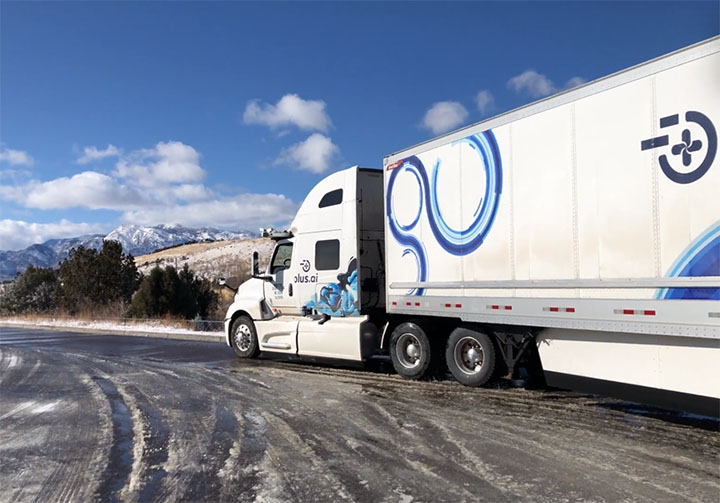CAMBRIDGE, Mass. — Despite recent progress of the vehicle-automation industry, it will be at least a decade before fully automated vehicles, with no driver on board, are deployed on a large scale, according to a new research brief released by the MIT Task Force on the Work of the Future. The brief is part of a series of subject-specific research projects by MIT faculty.
“Automated driving technologies have promised to disrupt urban mobility for a long time. Our research explores the impact of autonomous vehicles on jobs and offers policy recommendations that will ease transitions and integration,” said David Mindell, co-chair of the task force, professor of aeronautics and astronautics, Dibner professor of the history of engineering and manufacturing at MIT, founder and CEO of Humatics.
Mindell co-authored the brief, Autonomous Vehicles, Mobility, and Employment Policy: The Roads Ahead, with John Leonard, task force member and MIT professor of mechanical and ocean engineering, and Erik Stayton, an MIT doctoral candidate in history, anthropology and science, technology and society.
The brief considers the current state of automated driving technology and its potential impact on jobs. Despite substantial recent progress by the industry, fully automated driving systems that have no safety driver onboard will take at least a decade to deploy over large areas, even in regions with favorable weather and infrastructure; winter climates and rural areas will experience still longer transitions. Expansion will likely be gradual and will happen region-by-region in specific categories of transportation, resulting in wide variations in availability across the country.
According to the researchers, the rollout time for fully autonomous vehicles provides time for sustained investments in workforce training that can help drivers and other mobility workers transition into new careers that support mobility systems and technologies. Transitioning from current-day driving jobs to these jobs represents potential pathways for employment, as long as job-training resources are available.
While many people believe that increased automation will bring greater impacts to the trucking industry than to passenger-carrying vehicles, the impact on truck-driving jobs is not expected to be widespread in the short term, the report notes. Truck drivers do more than simply drive; because of this, the presence of a human driver within even highly automated trucks would remain valuable for other reasons such as loading, unloading and maintenance. The brief’s policy recommendations include strengthening career pathways for professional drivers, increasing labor standards and worker protections, advancing public safety, creating good jobs via human-led truck platooning, and promoting safe and electric trucks.
Policymakers can act now to prepare for and minimize disruptions to the millions of jobs in ground transportation and related industries that may come in the future, while also fostering greater economic opportunity and mitigating environmental impacts by building safe, accessible mobility systems. AV operations will benefit from improvements to infrastructure. Investing in local and national infrastructure and forming public-private partnerships will greatly ease integration of automated systems into urban mobility systems.
“Human workers will remain essential to the operation of these systems for the foreseeable future, in roles that are both old and new,” Leonard said. “Ensuring a place for human workers in the automated mobility systems of the future is a key challenge for technologists and policy makers as we seek to improve mobility and safety, and thereby opportunity, for all.”
The Trucker News Staff produces engaging content for not only TheTrucker.com, but also The Trucker Newspaper, which has been serving the trucking industry for more than 30 years. With a focus on drivers, the Trucker News Staff aims to provide relevant, objective content pertaining to the trucking segment of the transportation industry. The Trucker News Staff is based in Little Rock, Arkansas.








